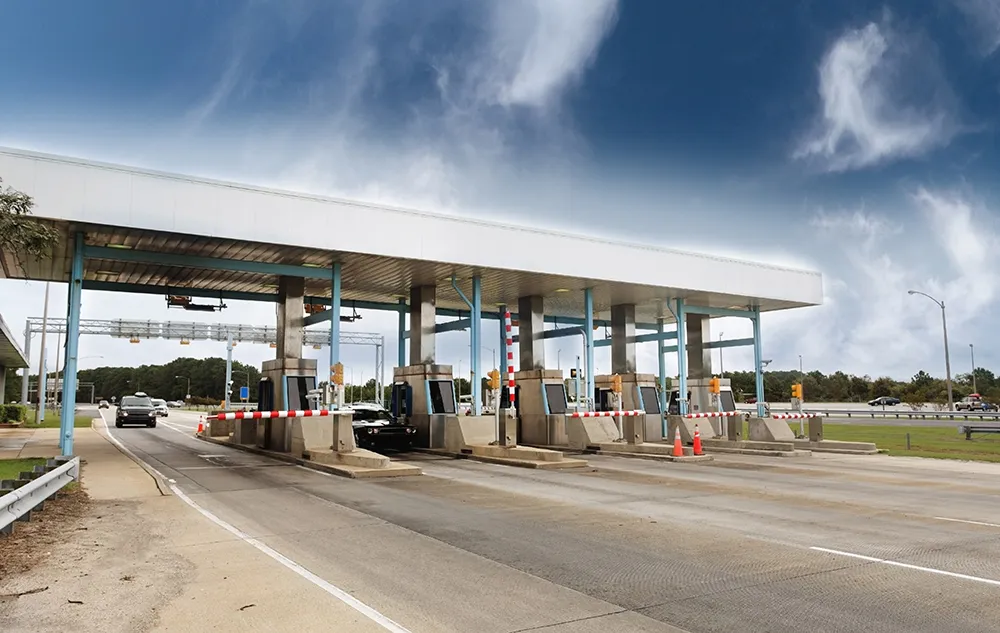Managed lanes throughout the US are off to a good start in 2017, according to Fitch Ratings in its latest managed lanes peer review.
Actual performance is so far exceeding Fitch’s rating case for the sector as a whole, with 95 Express in Northern Virginia and NTE (segments 1 and 2) in Texas proving to be notable examples. Also boosting long-term prospects for managed lanes is the performance on the longest operating facility, SR-91 in Orange County, California. This state road is seeing strong compound a
March 9, 2017
Read time: 2 mins
Managed lanes throughout the US are off to a good start in 2017, according to Fitch Ratings in its latest managed lanes peer review.
Actual performance is so far exceeding Fitch’s rating case for the sector as a whole, with 95 Express in Northern Virginia and NTE (segments 1 and 2) in Texas proving to be notable examples. Also boosting long-term prospects for managed lanes is the performance on the longest operating facility, SR-91 in Orange County, California. This state road is seeing strong compound annual growth rate (CAGR) post initial ramp-up despite numerous adverse developments.
According to Fitch, SR-91 did see moderate softening during the most recent recession coupled with multiple free capacity expansions. Long term revenue growth CAGR is six per cent despite volatility and expansion plus the roadway’s ‘land-bridge’ configuration has helped drive demand. Many of the projects will eventually link into managed lanes networks and it is still uncertain how performance will be impacted as such networks develop.
High occupancy vehicle (HOV) policy and other policies governing free access to managed lanes remains an essential component of Fitch’s analysis. Free access policies have their pros and cons, with policies for HOVs with two or more passengers (HOV2) proving to be problematic over time as non-tolled vehicles crowd out paying drivers. As such, some policies will need to change for all users to share both the costs and benefits of the managed lanes.
Taking these uncertainties into account, the Rating Outlooks for the vast majority of Fitch’s rated managed lanes is Stable. Fitch recently revised the Rating Outlook for 95 Express to Positive from Stable. Broadly speaking, however, Fitch does not envision rating changes in the near term with 10 out of 11 projects in various stages of construction or ramp up.
Actual performance is so far exceeding Fitch’s rating case for the sector as a whole, with 95 Express in Northern Virginia and NTE (segments 1 and 2) in Texas proving to be notable examples. Also boosting long-term prospects for managed lanes is the performance on the longest operating facility, SR-91 in Orange County, California. This state road is seeing strong compound annual growth rate (CAGR) post initial ramp-up despite numerous adverse developments.
According to Fitch, SR-91 did see moderate softening during the most recent recession coupled with multiple free capacity expansions. Long term revenue growth CAGR is six per cent despite volatility and expansion plus the roadway’s ‘land-bridge’ configuration has helped drive demand. Many of the projects will eventually link into managed lanes networks and it is still uncertain how performance will be impacted as such networks develop.
High occupancy vehicle (HOV) policy and other policies governing free access to managed lanes remains an essential component of Fitch’s analysis. Free access policies have their pros and cons, with policies for HOVs with two or more passengers (HOV2) proving to be problematic over time as non-tolled vehicles crowd out paying drivers. As such, some policies will need to change for all users to share both the costs and benefits of the managed lanes.
Taking these uncertainties into account, the Rating Outlooks for the vast majority of Fitch’s rated managed lanes is Stable. Fitch recently revised the Rating Outlook for 95 Express to Positive from Stable. Broadly speaking, however, Fitch does not envision rating changes in the near term with 10 out of 11 projects in various stages of construction or ramp up.










